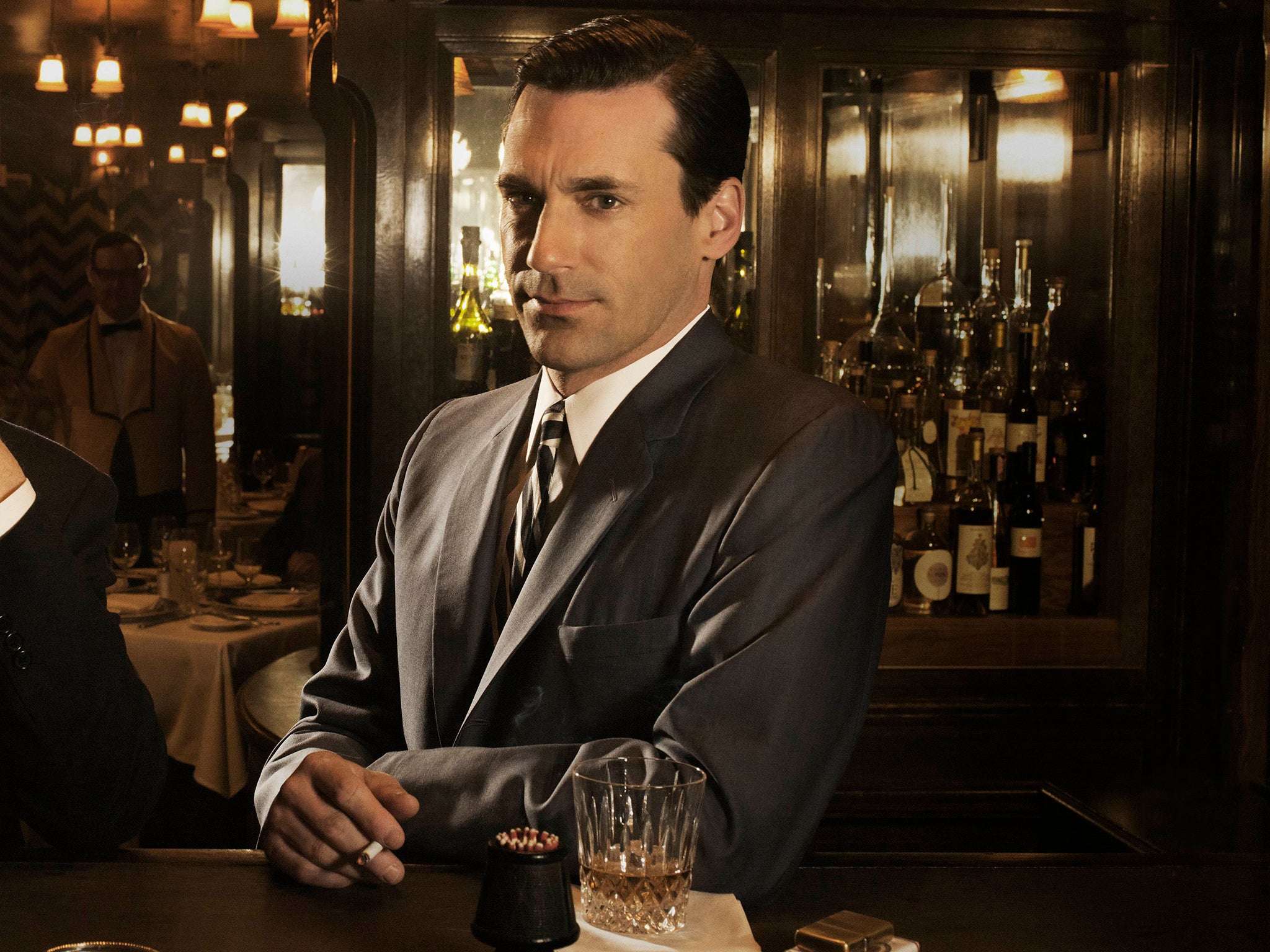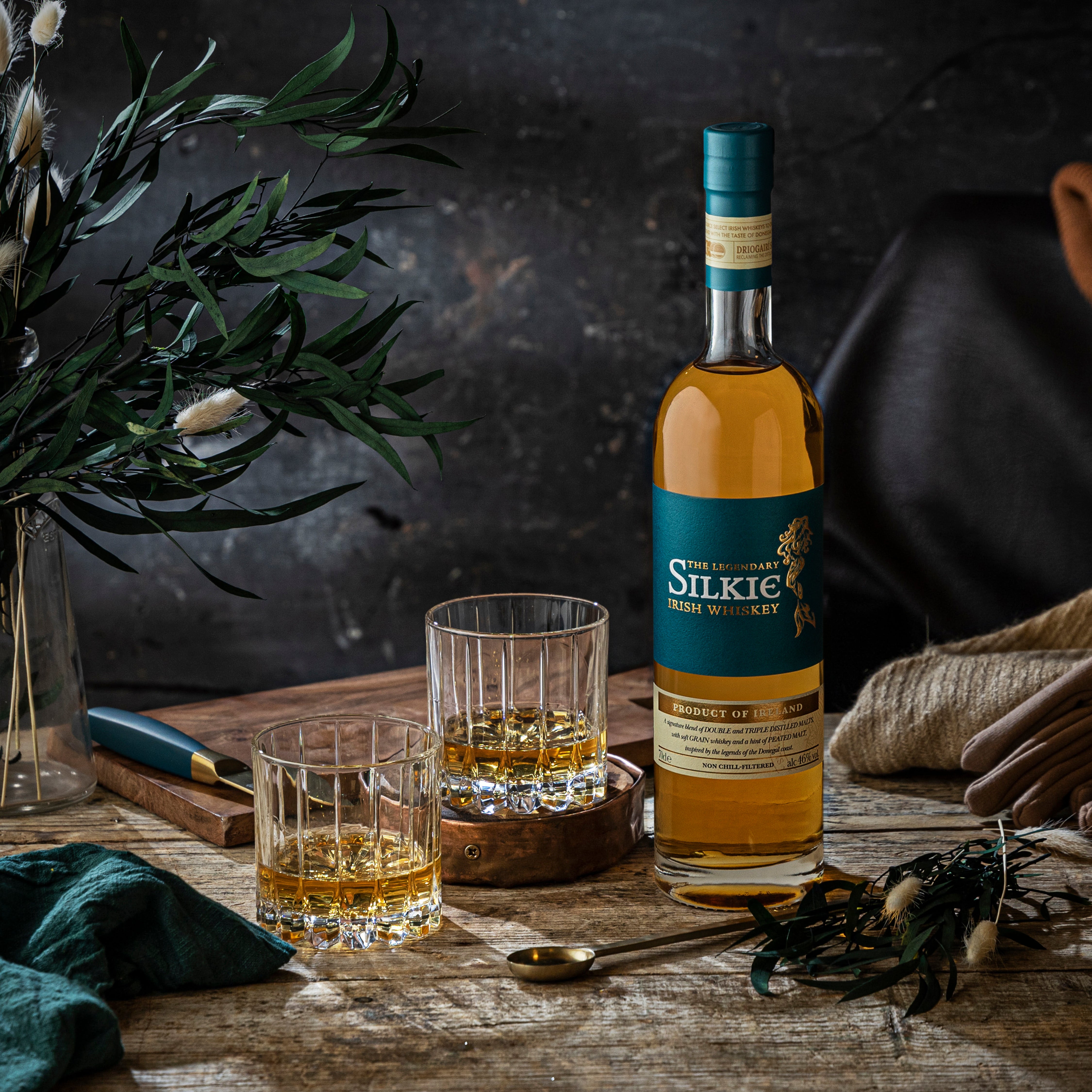It’s a good time to be a whiskey lover
Recently a bottle of Irish whiskey got Sean Russell thinking about the famous nation of distillers, and it also reminded him why it’s called the ‘water of life’


Whiskey, according to folk songs, is either the devil leading us astray or the life of man. But whichever way you look at it, it’s as thoroughly reminiscent of Ireland as Guinness and St Patrick’s Day.
I take mine with ice. Yes, I know you’re rolling your eyes. But I subscribe to the Anthony Bourdain view that there is no wrong way to drink whiskey. Incidentally, he also took it with ice. What matters is the taste, the feeling it gives you when you’re drinking it, and, well, the joy of it.
At 18 I thought drinking whiskey was the height of sophistication. I’d seen Don Draper drinking it in Mad Men and I thought that there had never been anyone cooler than Frank Sinatra – who also took it with ice... so I determined to become a whiskey drinker myself.
I started with Jack Daniels. It’s as good an entry point as any, and its light taste is a welcome introduction to the drink. But I hated it. Of course I did. I was used to drinking flavoured vodkas and terrible ciders at this point. But I stuck with it and as I’ve matured I’ve come to love it.
By the time I was 21, I had moved on to scotch and when I went to Las Vegas for the first time, I sat at the slot machines and ordered Glenfiddich and thought I was the coolest guy in the casino – although I categorically was not, unless acne and an ill-fitting suit pass for cool these days.
The Scots have cornered the fine whiskey market for many years now, so it was perhaps no surprise that I moved onto Scottish whiskey. But Irish whiskey is now having something of a renaissance.
Last week I had a glass of Sliabh Liag Distiller’s Legendary Dark Silkie whiskey. I’m not going to lie, a bottle was sent to me – I get a lot of free stuff in this job – but this one really made an impression. I’m no whiskey expert, but I know the difference between a good whiskey and a bad one, and this is definitely a good one. It’s easy and light, almost like a bourbon, with a smokey blanket lying over sweet caramel popcorn. It is, quite frankly, lovely.
I spoke to James Doherty, the founder of the Donegal-based distillers, and he told me it reminds him of being 11 years old – of running around the house with his grandfather’s smoking pipe. “Forgive me,” he said, getting goosebumps, “this is just the pure nostalgia of an old man.” There’s nothing wrong with a bit of nostalgia when it comes to whiskey.

The first known documented record of Irish whiskey dates as far back as 1405. In the Annals of Clonmacnoise, Richard Magrannell, chieftain of the Moyntyreolas clan, is said to have died at Christmas, by “taking a surfeit of aqua vitae”. Aqua vitae is whiskey, by the way, literally translated as “water of life” – the word “whiskey” comes from the Gaelic “usquebaugh”, meaning the same thing.
But it was in the early 20th century that Irish whiskey was at its zenith, comprising 70 per cent of whiskey sold worldwide, with the industry making up as much as 40 per cent of all employment in Dublin. This market was helped no doubt by the huge Irish diaspora, especially in the US where places like Boston, Philadelphia and New York were full of Irish-Americans.
That all changed, however, when the US implemented prohibition in 1920. The Irish whiskey industry all but collapsed as clandestine distilleries popped up and many of the traditional producers went extinct. Meanwhile, with the formation of the Irish Free State, Ireland lost access to the British empire, which the Scottish took full advantage of.
After prohibition in the US was overturned in 1933, Irish whiskey struggled to return to its former glory. By 1980, there were only two operational distilleries in Ireland. Other spirits such as vodka had taken over, and when whiskey saw a resurgence of popularity in the 2010s on the coattails of the craft beer and food movement, it was scotch that tickled our taste buds and was ready to meet demand. This all led, ultimately, to a 21-year-old me drinking Glenfiddich in the Mirage hotel in Las Vegas in 2014.
Now the barrels are moving again and the US, in particular, is investing heavily in Irish whiskey – with sales set to overtake Scotch in the US by 2030. There are now more than 32 distilleries in Ireland, including Sliabh Liag which was founded in 2014 – making Ireland a paradigm where it is simultaneously one of the oldest distilling nations in the world and the youngest. This, Doherty believes, is why Irish whiskey is on the way back and also why giant US companies such as Sazerac are looking to tie themselves to a piece of land in Ireland. A story, a culture, a nostalgia.
One big question then raises its head: what’s the difference between scotch and Irish whiskey? Doherty thinks it’s a matter of Irish whiskey being more approachable while Scotch is more robust. Irish whiskey has a smokey character, he says, while scotch is more spirit-led and Irish wood-led.
Whatever the differences, I know a good whiskey when I drink it. So now, when I sit with a glass of Legendary Dark Silkie on ice after a hard day’s work, I feel content, I feel sophisticated, I feel like the drink in my hand is “the life of man”. It seems a good time to be a whiskey lover.
Join our commenting forum
Join thought-provoking conversations, follow other Independent readers and see their replies
Comments
Bookmark popover
Removed from bookmarks